- | 8:00 am
Is gaming ready for its Netflix moment? Logitech is betting on it
Logitech launches the G Cloud, a bold new gaming handheld designed for the age of cloud-based video games.
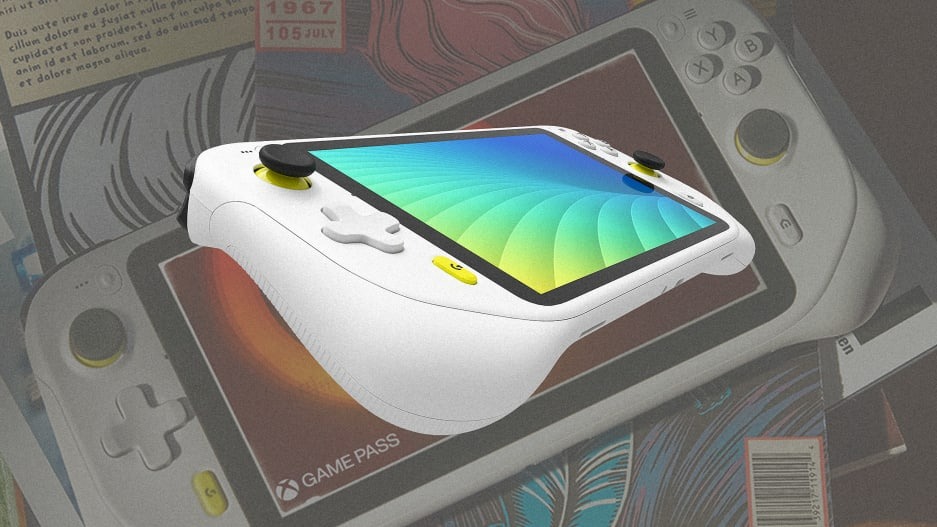
Logitech, the $5 billion company best known for its workaday keyboards and mice, has a bold new product that’s worlds away from its basic computer peripherals. Today, the company is announcing the G Cloud, a handheld gaming device created specifically for playing cloud-based video games. Retailing for $349, the device will begin shipping in October.
The global market for portable gaming devices was $32 billion in 2020, according to one analysis, and it is expected to reach more than $50 billion by 2027, with established players like Nintendo and Xbox driving growth. Logitech’s Ujesh Desai, who led the G Cloud’s development, says gaming is about to have its Netflix moment, in which cloud-based games will be instantly accessible through a platform subscription, no expensive game console or cartridges required. “The infrastructure is there,” he says. Logitech is hoping to cash in on the momentum.
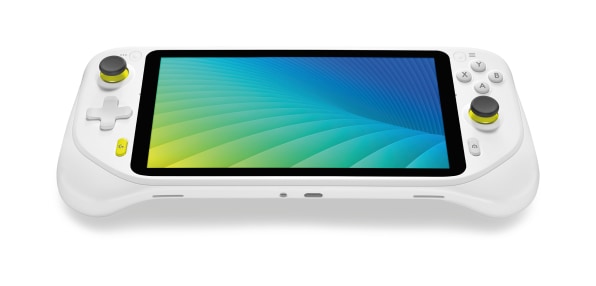
To that end, the G Cloud has an unfussy form factor, with a white plastic shell, more than a dozen buttons and controls, and a 7-inch, multi-touch screen. Designed to be comfortable to play for extended periods of time and for hands of various sizes, the device is lighter than others on the market and less bogged down by internal hardware. For the gaming equivalent of Netflix browsing and binging, the G Cloud is trying to make starting and playing a game as easy as possible. “We support the Microsofts, the Googles, the Apples of the world. We respect where their strengths are, and our job is to fill in areas where we think we can add greater value,” Desai says. For its partnership with Microsoft specifically, Logitech is framing the G Cloud as a natural companion to the Xbox Game Pass subscription service.
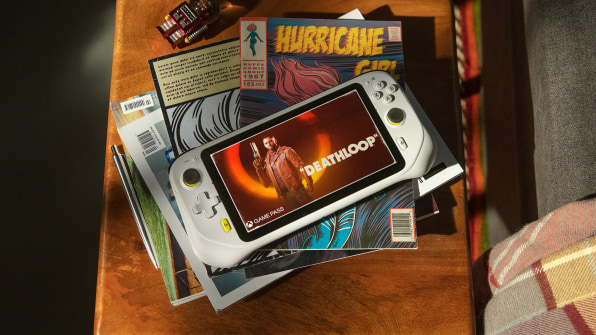
Logitech is already familiar to gamers for Logitech G, its video game-focused line of products, including headsets, controllers, genre-specific devices like steering wheels for racing games, and heavy equipment controls for farm simulator games. G Cloud is its first standalone device, and its first with a screen.
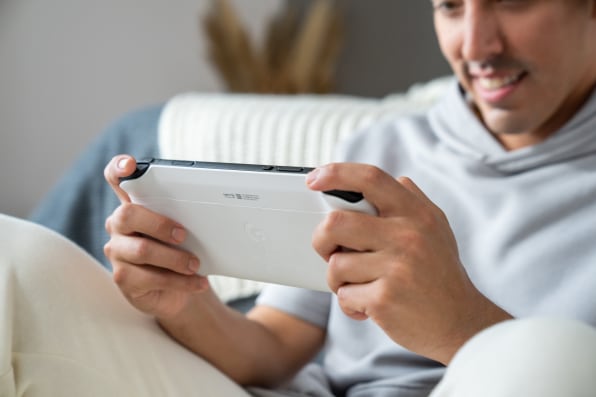
Logitech is not the only company entering into the rapidly evolving handheld gaming space. With a growing number of games accessible on mobile phones and through device-specific subscription services, handheld gaming has made leaps from the 8-bit Nintendo Game Boy of the 1990s. Nintendo’s latest handheld, the Switch, has its own subscription service, and Nvidia’s GeForce NOW service makes PC games accessible on a wide range of devices a player has in their home or pocket. There’s also a range of add-on gear that can turn a regular smartphone into an adaptable, if slightly clunky, gaming device. And Steam Deck is a new handheld device that may be the closest direct competitor to Logitech’s G Cloud, with the ability to stream subscription service PC games, as well as games stored internally.Logitech hopes consumers see its new device as a more accessible version of those alternatives. By focusing specifically on cloud-based gaming, the G Cloud is smaller and lighter than the Steam Deck, and more straightforward to use than the add-on gear made for turning smartphones into gaming devices.
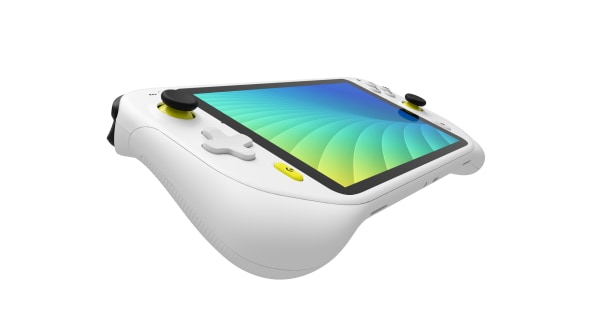
“Very, very early on we said this is a cloud gaming handheld,” Desai says. “And it might not seem like that’s a big deal, but by anchoring ourselves first and foremost that this is a cloud handheld, it’s really informed a lot of the design decisions that we made.”
Without the need for heavy internal central and graphics processing units and the fans they require, the G Cloud has a slim profile that makes it fit more easily in hands of various sizes. The designers paid special attention to the long-term feel and weight of the device, given that some gamers are likely to use it for hours at a time. This focus, and the lighter hardware requirements, make the G Cloud a particularly light gaming handheld, weighing 463 grams, or about 1 pound. By comparison, the Steam Deck weighs 669 grams, about a half-pound heavier.

Ingve Holmung, Logitech’s head of design, says the concept behind the device was “defined softness,” an emphasis on ergonomic comfort, simplicity, and accessibility. “Going into a new space you don’t necessarily want to just draft off the things that you’re doing everywhere else,” Holmung says. “We were very much trying to create something fresh that felt like a Logitech G product. But it is a handheld device with a screen. It’s very different from the other things that we’re doing.”With its mostly white body, the G Cloud looks a bit different from most of the tech-forward and gadget-proud video game hardware on the market, including that made by Logitech itself. “We didn’t want this to just be another black lump of plastic,” Holmung says.
Desai says the decision between the established gaming aesthetic and the softer approach was like a fork in the road for the design team. “We stayed at the center of that fork for a while. We really debated it a lot,” he says.
In the end, the team opted for a design that felt more open, and less restricted to the hard-core gamer segment of the market. Desai, a gamer himself, says the design is intended to appeal equally to gamers and non-gamers.
“What we think the future that folks like Microsoft and Nvidia are trying to paint is they want to make these game subscriptions accessible to everyone,” Desai says. A basic handheld device, with Netflix-like simplicity, could be a way for these cloud-based gaming services to reach more people. “We think this is just a new way to play,” Desai says.








































